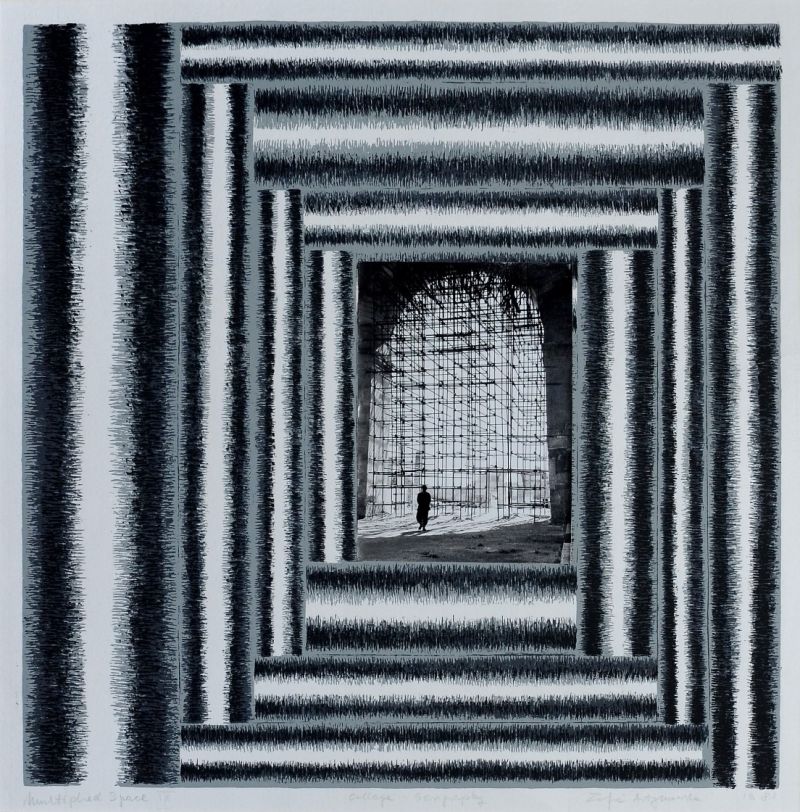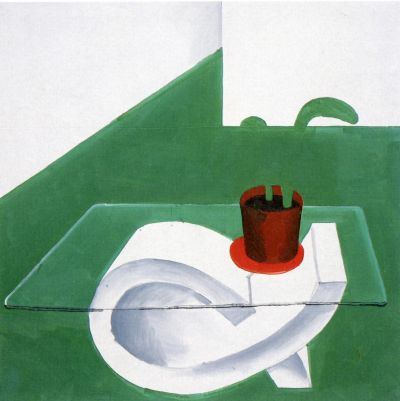The Bochum Art Museum – the Collection of Polish Art
Mediathek Sorted
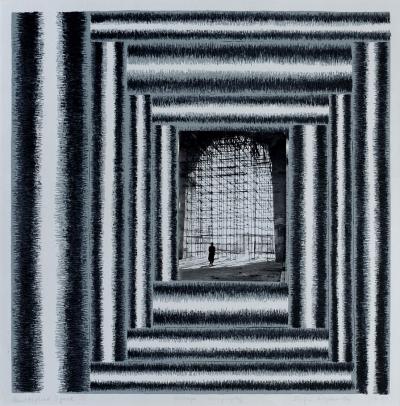
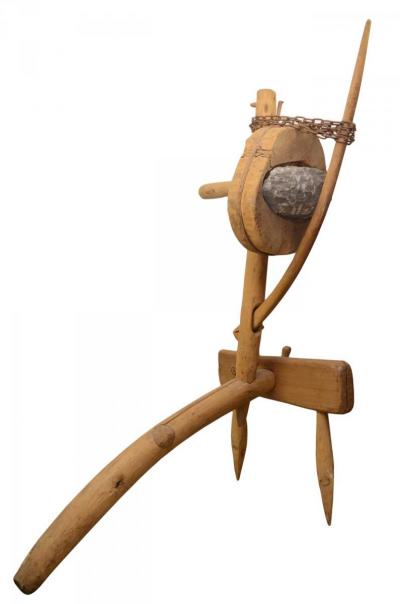
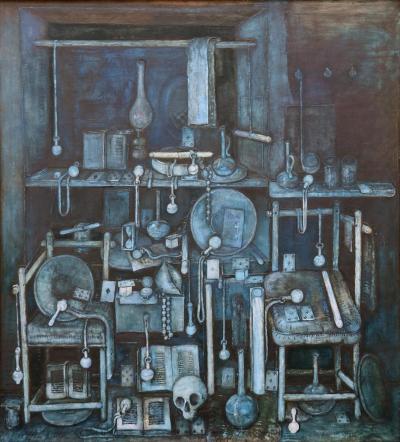
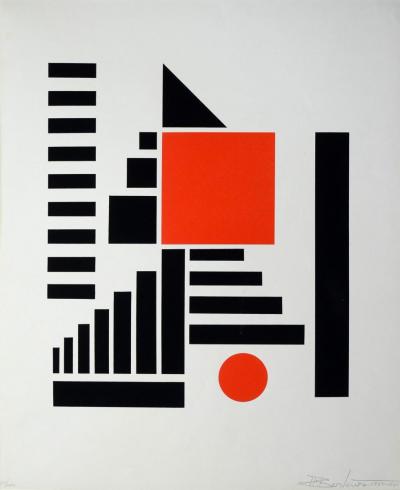

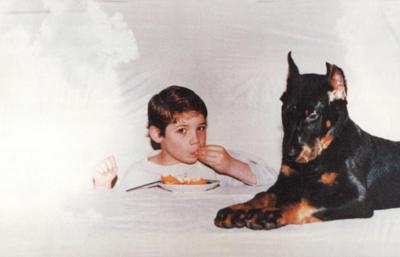
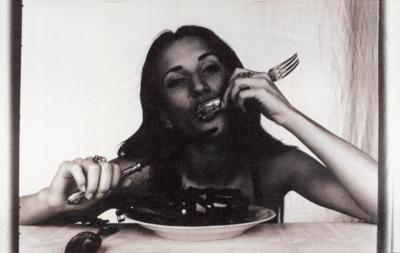
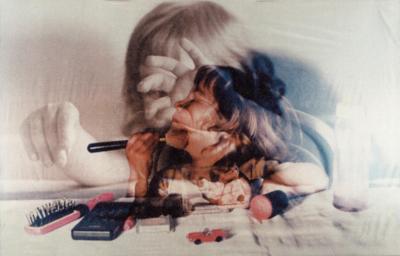
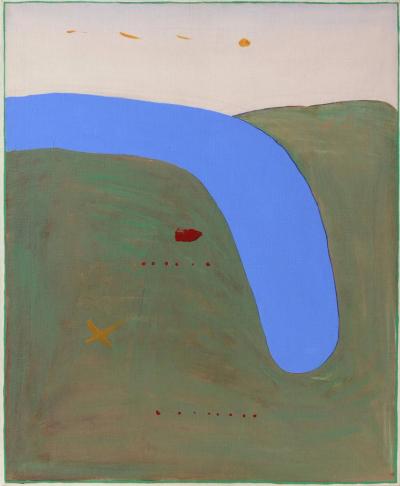
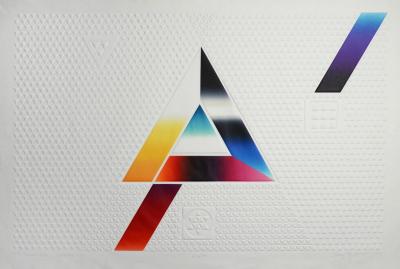
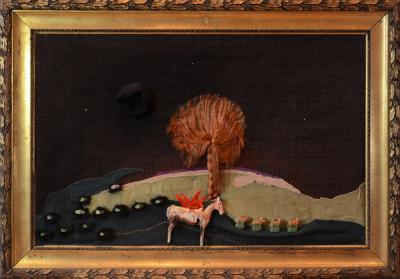
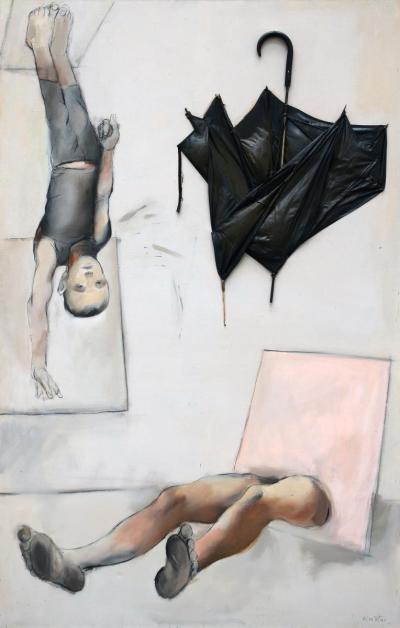
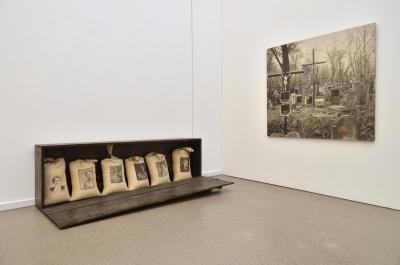
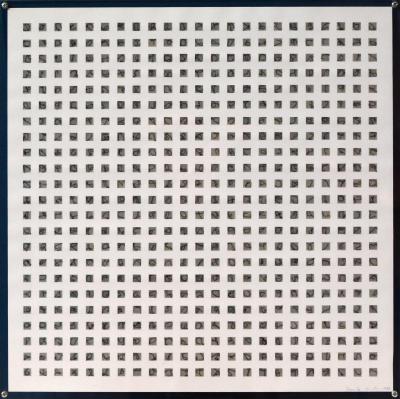
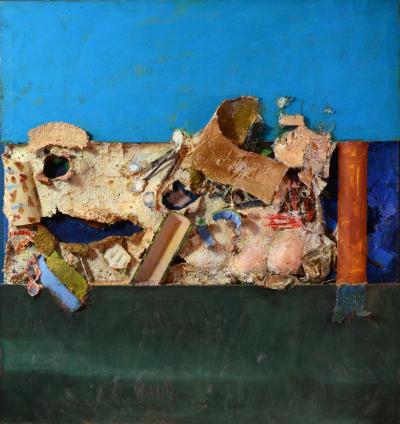
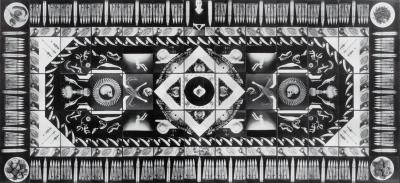
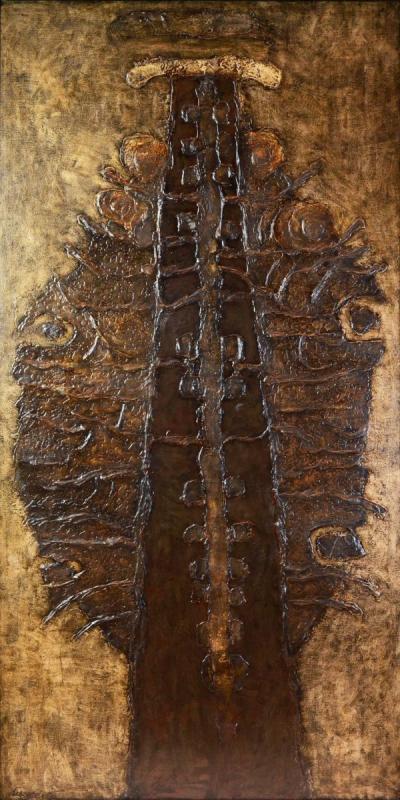
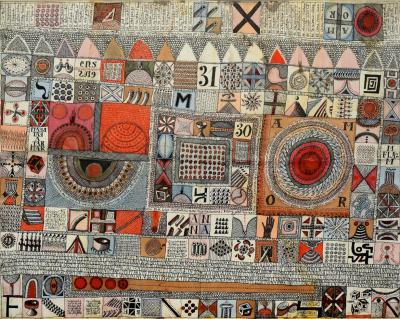
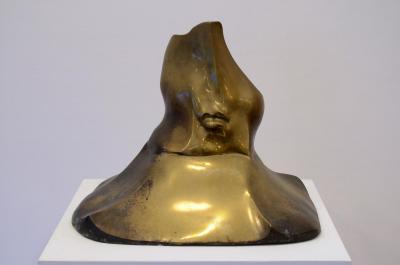
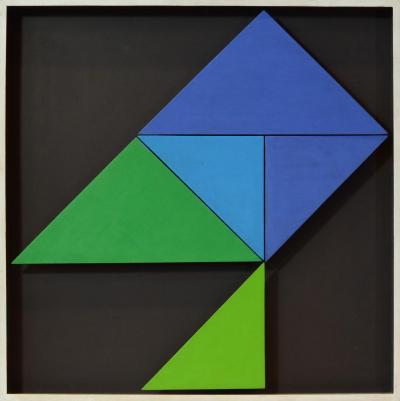
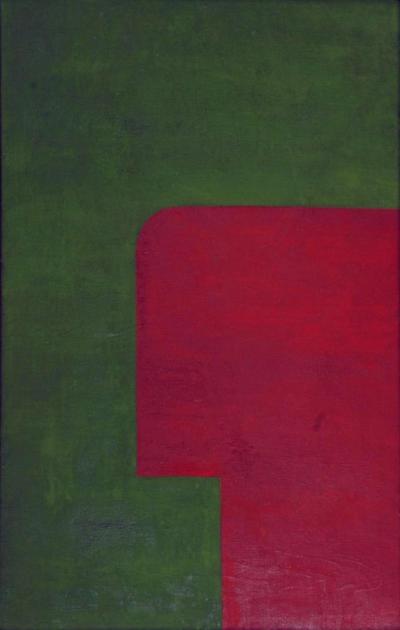
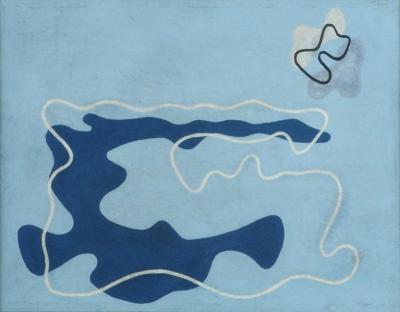
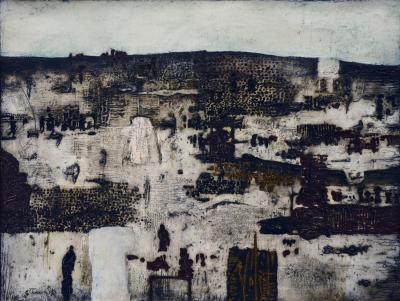

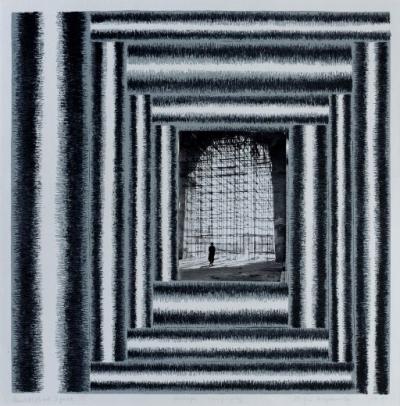
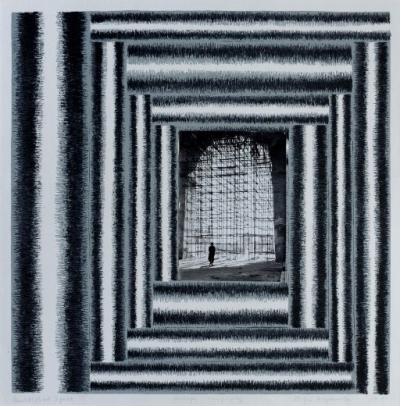
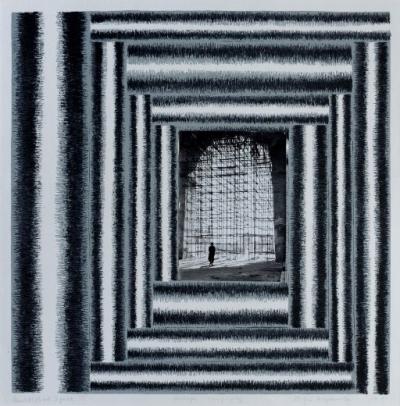

The first comprehensive exhibition of Polish art (“Polish Art Today” was the fourth exhibition in a range entitled “Profile”, and took place at the turn of 1964/65. The works were selected by two important Polish art historians Ryszard Stanisławski and Mieczysław Porębski, and placed in independent sections. Following the exhibition several works were then bought for the museum collection. These included important (and partly early) works by Jerzy Bereś, Kiejstut Bereźnicki, Aleksander Kobzdej, Jan Lebenstein, Zbigniew Makowski and Jan Tarasin. Solo exhibitions by Bereś (1971), Władysław Hasior (1971) and Stanisław Fijałkowski (1977) were to follow, after each of which works were also purchased by the museum. Important works by Tadeusz Kantor arrived in Bochum in 1976 following a solo exhibition given by the artist in Nuremberg. These artists were mostly representated in other exhibitions of Polish contemporary art shown in German and Polish museums in the 1960s and 70s.
In 1980 the Bochum Art Museum used the occasion of the “Second World Congress on Soviet and Eastern Europe Studies” to publish a catalogue of 20th century Eastern European art contained in public collections in West Germany. The catalogue covered museums in 48 towns and cities including West Berlin, and comprised works by artists from Bulgaria, Yugoslavia, Poland, Romania, the Soviet Union, Czechoslovakia and Hungary. It showed that, after 20 years of collecting activities, the Bochum Art Museum contained around 200 catalogue numbers, the second most comprehensive collection of Eastern European art following that in the Folkwang Museum in Essen. At this point in time around 30 of the 200 works came from Poland. In the same year the Bochum Art Museum purchased five works by Władysław Strzemiński following an exhibition in a Cologne Gallery. In 1986 it bought two bronze busts by Adam Myjak from his Warsaw studio, and three years later it devoted a huge solo exhibition to his works.
When the Iron Curtain came down in 1989 the “mediation work” between East and West undertaken by the Bochum Museum took a different turn. Its collecting and exhibition activities with regard to Polish art now became a part of a general international orientation. In 1994 it presented an international exhibition of still-life photography containing an important work by the Warsaw artist Zofia Kulik: this was subsequently purchased when the exhibition closed. In 2005 the museum devoted a major solo exhibition to her work – two years before she participated in the Documenta 12 in Kassel. In 1998 the Culture Secretariat of North Rhine Westphalia organised a “Transfer” exhibition of young Polish and German artists after which a photo and video installation by the Kraków artist Marta Deskur remained in the Bochum Art Museum. In 2007 the museum presented works by the artist Danuta Karsten – she originally came from the vicinity of Danzig, had studied at the art academies in Danzig and Düsseldorf and now lives in Recklinghausen – thereby extending its collecting and exhibition activities to a new generation of Polish artists, most of whom can now freely choose where they wish to live and work in Europe.
The documentation shown here describes 20 works by 18 selected Polish artists in the collection of the Bochum Art Museum. These works represent the highlights of its 55 years of collecting activities, and are simultaneously linked to group and solo exhibitions of Polish art during the past decades in Bochum. All the selected artists are numbered amongst the protagonists of Polish art in the 20th century. Very many of their works can be seen in Polish and international museums and all of them can boast of an outstanding number of older and recent exhibition catalogues and monographs as well as being honoured by art scholars on Polish websites with detailed texts in English and Polish, not forgetting their references in the German language “Allgemeinen Künstlerlexikon” (AKL). We have taken into account the greatest possible range of works by generations starting with the painter Władysław Strzemiński who was born in 1893, all the way to the object and installation artist Danuta Karsten (1963).





















































































